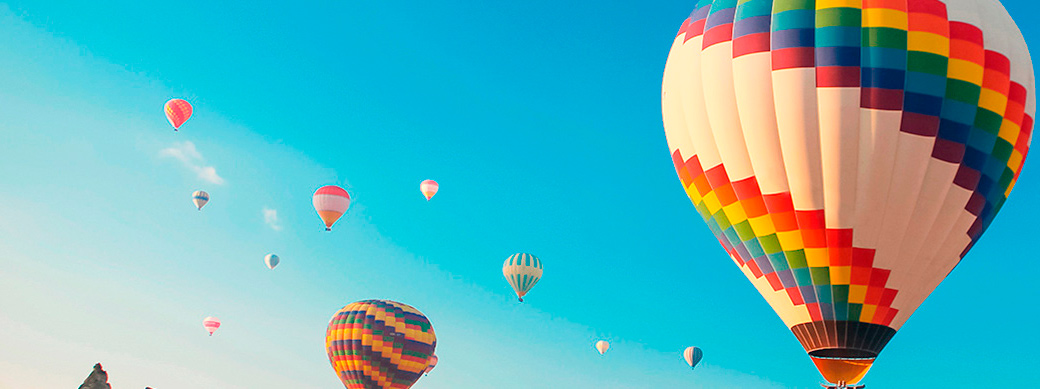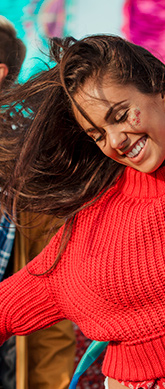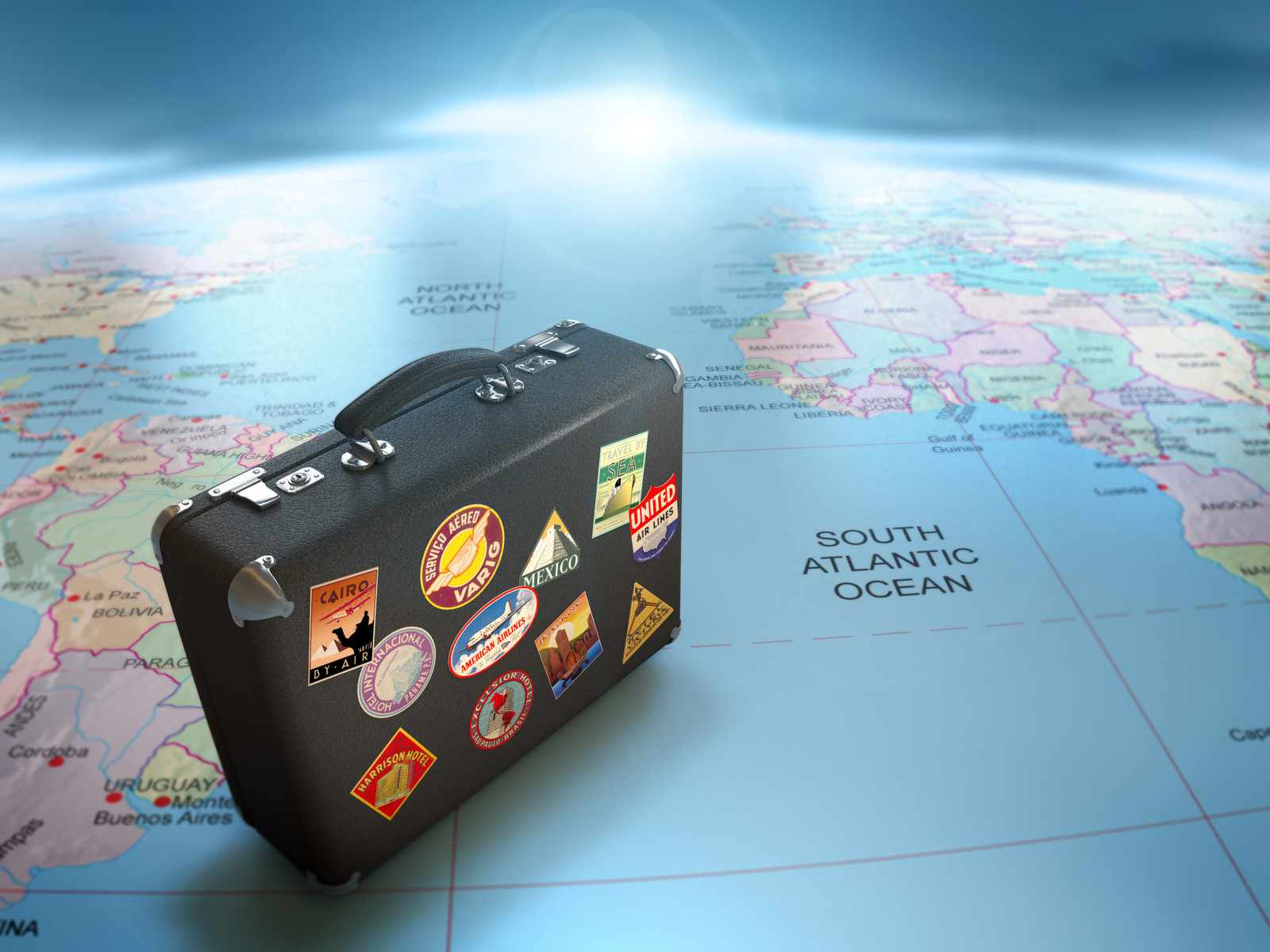To discover Estonian art and identity, go to the head branch of the national Kumu Art Museum (Kumu Kunstimuuseum), located in old Kadriorg Park in Tallinn. It is the largest exhibition space in the Baltics and Estonia, displaying works by local and foreign artists and sculptors from the 18th century to the present day.
The museum is housed in an impressive modern five-story building, erected in 2003-2006 by the Finnish architect Pekka Vapaavuori. The stone and glass facade of the building is entirely in tune with the surrounding park landscape and complements it with its natural materials and colors.
Inside, visitors can see stunning exhibitions dedicated to the Estonian artists’ search of their national artistic identity and reinterpretation of the previously accumulated creative experience. The collection encompasses the past three centuries.
Kumu functions as an art gallery and a modern art museum. There are both permanent and temporary exhibitions. The permanent ones make viewers study the 18th-19th century Baltic German painting on the third floor, then lead them to the Soviet period of Estonian art and the latest 21st century works on the upper floors. In total, the museum collection counts more than 60,000 exhibits. Temporary exhibitions, arranged on the second floor about ten times a year, elaborate the permanent exhibitions, displaying the complex and multifaceted works of Estonian and foreign artists of the past and present.
Expressed in artistic form, the connection of Estonian, Baltic, German and Russian traditions, their impact on society as a whole and the worldview of a separate being, visions of a bright future, and reflections on other fundamental subjects can be seen in the permanent exhibition “Landscapes of Identity. Estonian Art 1700-1945.” The exhibition “Conflicts and Adaptations. Estonian Art of the Soviet Era (1940–1991)” questions the relationship of artists with the surrounding world, and “The future is in an hour. Estonian art in the 1990s” explores new art forms.
In addition to the exhibition halls, the Kumu Museum houses a cafe, a restaurant, a library, a bookstore, and lecture halls for various events, as well as an outdoor terrace.



